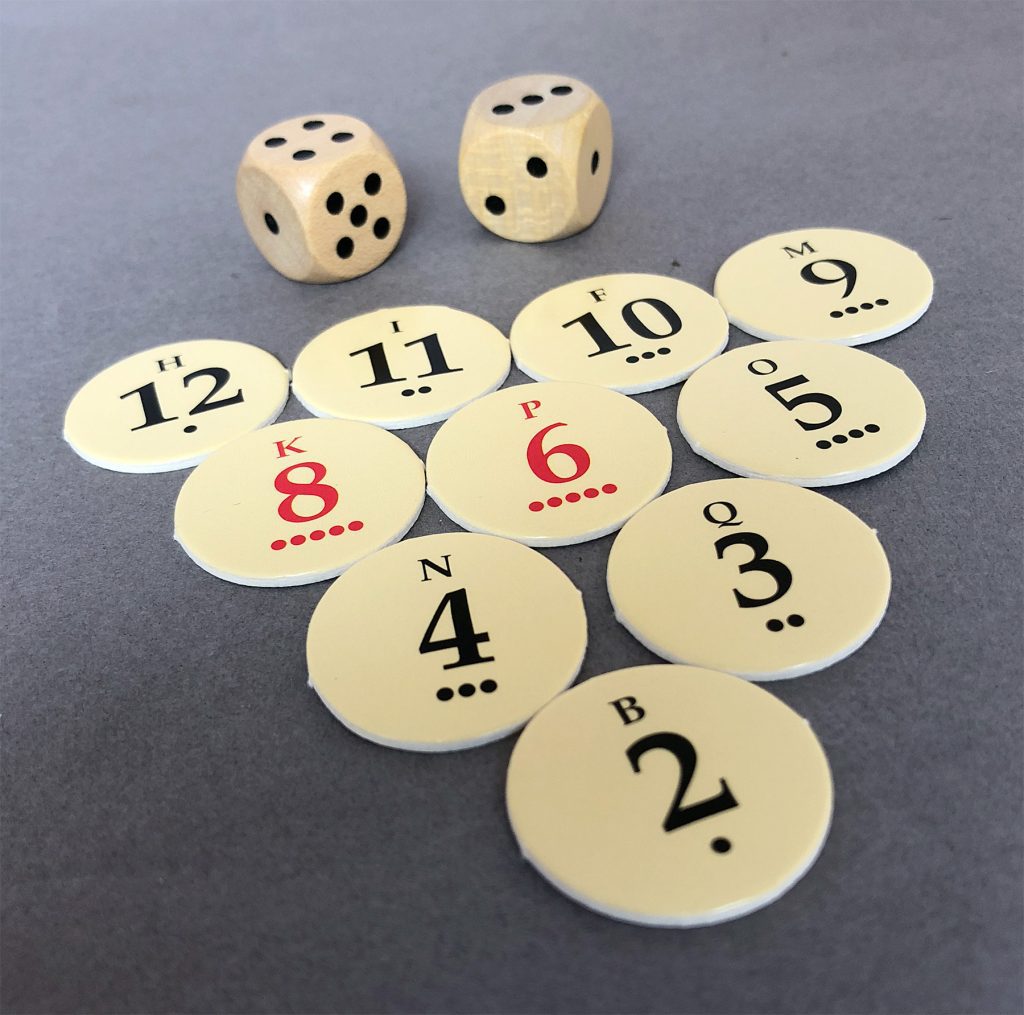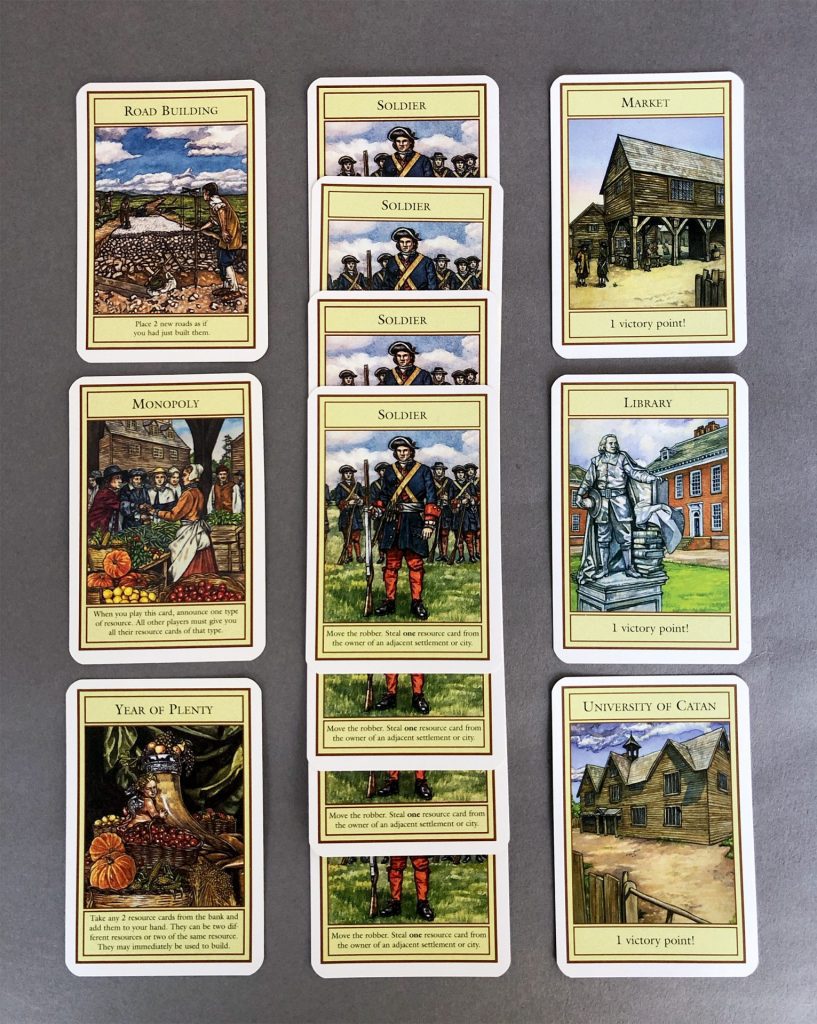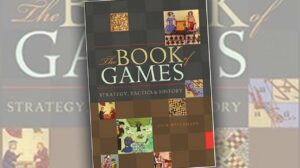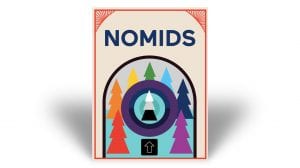Settling Into Catan
When Catan (or The Settlers of Catan, as it was originally named) was first published in 1995 it created something of a revelation in board game circles, undeniably changing the way people would look at board games and gaming in general. Part of Catan’s success has been due to designer Klaus Teuber’s ability to combine different gaming mechanics (resource management, trading, route building, dice rolling) in a way that made the game easy to teach and learn, while maintaining enough depth to make the game challenging for serious players.
Despite it being such a relatively simple game, there are some people who shrewdly manage to convert resources into points with speed and ease while others seem to be barely getting started by the time another player announces they’ve scored their tenth point and have won the game.
After my most recent back-to-back losses I decided to take a closer look at Catan and see what I’ve been doing wrong and, more importantly, what I should start doing right. Here’s what I’ve learned.
Don’t Play Resources, Play the Odds
One of my regular gaming friends likes to go after the Longest Road. I decided to try and follow this idea and focused solely on the two things necessary for roads: brick and wood. I soon learned that while the Longest Road is helpful, my approach to placing those first Settlements needed to be better balanced.
Catan is a dice game. Given that, be smart. Don’t just surrender to the absolute randomness of the numbers that may or may not produce resources when the dice are rolled. Pay attention to the numbers — and not the resources — that, statistically, are the most likely to appear.

Each hexagonal resource tile in Catan gets a round chit placed on top of them. Each chit shows the number that needs to be rolled to produce the resource represented to any player with an adjacent Settlement. Below each number are a series of dots. These dots indicate how likely that number is to appear on a given roll of the two dice. The more dots, the more likely that number is to be rolled — meaning the more likely those resources will be handed out.
The two and twelve chits get a single dot because they each take a very specific roll (each die rolls one; each die rolls six) to achieve. Six and eight? After seven, these are the most likely to be rolled.
When looking for intersections to place your first Settlements, pay less attention to the type of resource and more attention to the number of dots on the hex tiles that make up the intersections. The type of resource matters less than the frequency of obtaining them. After all, resources can be traded to the bank at 4:1 or at Ports for an even better return (see below).
Balance Longest Road with Additional More Resources
Building roads and Settlements are the best way to expand your ability to gain resources on a given turn. When you play the odds you can gain those cards either through dice rolls or through trading.
Focusing on gaining wood and brick will allow you to expand your road system. Build five contiguous road segments and you claim the Longest Road tile and the two Victory Points that come along with it.

Your long road also allows you to build additional Settlements. This not only increases your chances at those additional Settlement resources, but also influences what tiles your opponents have Settlement access to and, therefore, what resources they can produce on a roll of the dice. If you can isolate an opponent to a small area of the board, you can decrease their chances of winning considerably.
In a game that’s all about resources, sometimes you need to be cutthroat to win. But be careful with this strategy, since someone else can easily build a longer road and steal your hard earned points. (See below)
Respect the Development Cards
When I started playing Catan, I didn’t get Development Cards. Ore was always hard to come by and using ore to upgrade a Settlement to a City was a guaranteed extra point. Then I realized the more experienced players in my group were frequently buying Development Cards
Development Cards are the only truly hidden element in Catan. A sheep, a wheat, and an ore gets you the top card from the deck. Once you read it, you lay it face down in front of you where it festers, creating suspicions amongst your opponents, until you choose to use it.

Given the distribution of the types of Development Cards in the deck, the odds are that you’re likely to draw a soldier. That’s not necessarily a bad thing: soldiers can be used to move the Robber off of one of your tiles, or just to move it to a place that will hinder your opponents. Even better, three soldiers gets you the Largest Army card. As with the Longest Road, the Largest Army gets you two Victory Points as long as you can hold onto it until the end of the game.
Even if you don’t draw a soldier, you’re still going to be drawing a card that’s helpful — possibly one of the City Building Cards that are worth one Victory Point each.
Monopolize and Conquer
While the introductory game comes with a recommended board layout, later games are played on a randomized hex tile layout. Take a close look at these random layouts at the start of the game. Are there two of the same resource next to one another? Is at least one of the numbered chits on those tiles reasonably high? Consider placing a Settlement in the most advantageous intersection of those tiles, then build roads and additional Settlements around them to block your opponents from doing the same.
You’ll be the only one with that resource throughout the game — never trade it away.
Trade Big or Trade with the Bank
Trading is a big part of Catan.
In the early rounds, when everyone is looking to expand, I’ve noticed people are often willing to freely trade with other players. Different strategies require different resources, so exchanges can almost seem friendly.
Later in the game, however, things are different.
When someone is offering to trade for a resource, it’s only because they need that resource for something that will help them towards gaining another Victory Point. Just how badly do you really need the resource they’re offering? Is it really worth giving them another point?
More importantly, how badly do they need the resource you have? Friendly trading takes place at a 1:1 ratio — say, one wheat for one ore. But friendly trading doesn’t win games. If you have a resource someone really needs, push for a 2:1 or 3:1 ratio. And don’t limit yourself to expecting only one type of resource in exchange for the one you have that they really need.
If you’re on the other side of this deal, instead of trading with players, trade with the bank. On your turn you may trade any four cards of a single resource for one card of any other resource. This is a steep exchange rate, but one that keeps your resources out of the hands of your opponents.
Building a Settlement at one of the Ports will give you a better return. Some Ports allow you to trade in any three cards of a single resource for the resource of your choosing. Other Ports allow you to trade in any two cards of a single resource for one resource of your choosing.
Plan Ahead for Your Last Two to Three Points
Catan can be a friendly game for the first several rounds. Trades take place, roads and Settlements get built. Everyone is smiling and fairly even on points.
The ugly middle game starts around the time someone reaches six points. Roads have been built and additional Settlements are bringing in once-scarce resources. Trading requests are met with narrowed eyes and slow shakes of the head. You’re on your own — and opportunities to score additional points have become much, much harder.
I have been caught off guard far too many times and have struggled to find a way to gain those last Victory Points. My fellow players, however, have clearly planned ahead. For instance, if you’re counting on the extra points Cities give you as part of your winning strategy, make sure you have good access to ore. If that Longest Road or Largest Army is essential to your win, you need to keep those numbers up so no one steals it away from you. Those unplayed Development Cards start looking more ominous — they’re even more likely to be ones worth an additional point.
Two Last Things to Remember
Thing One: Sometimes the dice roll with you, sometimes they don’t. You need to be flexible in your strategies if the dice roll against your initial plans.
Thing Two: Catan is won by having ten points. Those first two Settlements you placed before the game really started? They’re worth one point each. That means Catan is really only about scoring eight Victory Points. Eight. Make each point you score — and each point you prevent your opponents from scoring — count.
Be adaptable in your game plan and smart about each one of those points and, like me, you should find your chances of winning improving with each game.
















This is helpful 🙂 my brother is getting lucky 🙁
You only need 5 roads to get longest road not 7
Better tip. Don’t go for longest road because it puts you in front as a target for the robber but keep close to it. When you get to 8 points you can make a burst of roads to grab victory.
thanks man, i’m on a 25 game losing streak so hoping this helps me break it 🙂
Thanks! Me and my family have played cat an a lot lately and I have won the past 42 games!
My numbers never come up even 8 s or 9s or 4s .so iam going to stop playing.
Isn’t this where the first of the last two things come into play?
“Thing One: Sometimes the dice roll with you, sometimes they don’t. You need to be flexible in your strategies if the dice roll against your initial plans.”
omg i’m on a call 4 game losing streak…. pls turn this around 🥺🥺🥺😊😊😊😅😅😅😂😂😂🙀🙀🙀🙀
Read through the strategy guide again and rank each point against how your opponents are winning. Then focus on the top two strategies.
Let me know if that works for you!
Nice article
Many thanks. I hope you found something to improve your chances of winning.
These aren’t great strategies. Use the odds and take what the game gives you. However, if you go for longest road and ignore wheat and ore for example then you’re going to lose. Going for development cards and cities are much more bang for your buck.
Hi Jay,
While each play of Catan is different, I (and many people I’ve spoken with) have found these strategies to be good starting points to better understand the game and how to improve your overall chances of winning the game.
In my closing section, I remind players, “You need to be flexible in your strategies if the dice roll against your initial plans.” Between the selection of your opening locations and the random roll of the dice, you cannot depend on having the right resources as the right time to stick with a single strategy.
This is why my suggestions look at the various trade-offs you’ll need to consider, as well as some overall advice for ways to adjust your approach to the game with what is actually happening on the board for the game you’re currently playing.
— Tom
These are really good strategies to go by I have done them all and won all but once.
Hi Greg,
Thanks for writing. I’m glad these strategies have been helpful to you. I hope your winning streak continues!
Tom